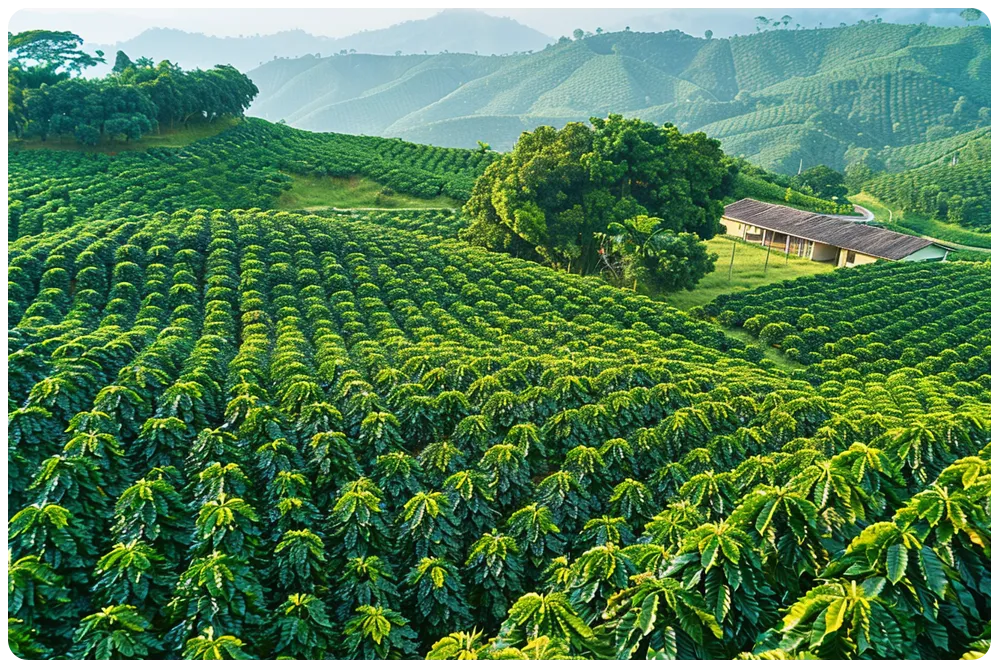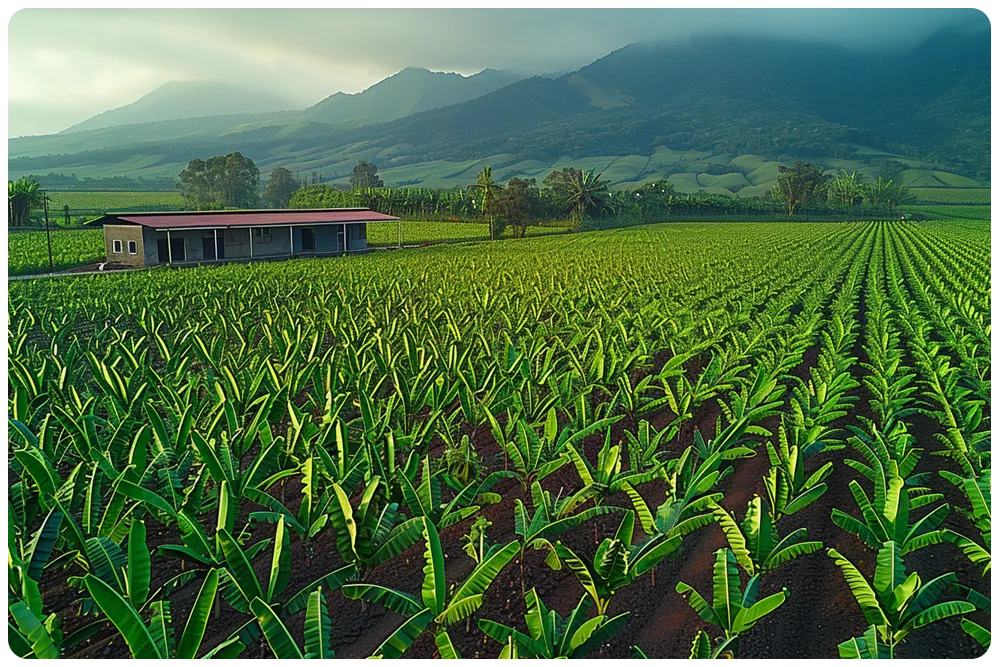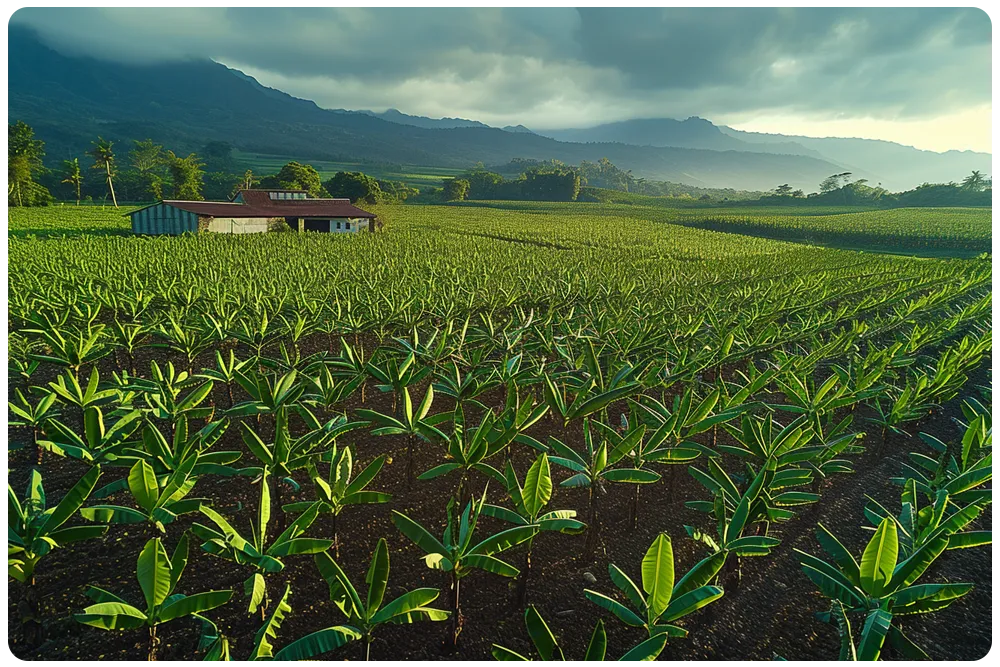Unlock the potential of your farm with drone technology – empowering robust crop development, optimizing farming practices, and actively minimizing crop illnesses.
Welcome to Drone Farm
We offer a comprehensive range of agricultural drone services. With years of experience, we’ve harnessed our expertise to deliver high-quality services to our clients. Our team provides full support at every stage. Choose us for top-tier Drone Farming experiences!

Contents
- 1. How does drone farming intensify crop yields?
- 2. Gain insights with drone farming surveys
- 3. Drone farming favors effective fertilizer use
- 4. Are my crops benefiting from drone surveillance?
- 5. Pests monitored by drone farming techniques
- 6. Modern agriculture utilizes drone farming capabilities

1. How does drone farming intensify crop yields?
Welcome to our comprehensive information portal dedicated to the innovative incorporation of agricultural drone technology into modern farming practices. Serving as a wide-reaching resource, our website aims to illuminate the remarkable applications and benefits of drones in agriculture, focusing in particular on advancing our page visitors’ understanding of how this revolutionary tool can optimize crop production and revolutionize farm management.
Our dedicated chapter unveils how drones escalate crop yields to impressive new heights. Utilized in our modern agricultural landscape, drones elicit large productivity benefits – maximizing farm outputs, reducing resource usage, and minimizing instances of crop illness. Here’s how they do it:
Aerial Imaging
First and foremost, drones can capture high-definition images and video from above the crop fields. With capabilities beyond that of the human eye, drones can survey large expanses of land in a fraction of the time it would take a person on the ground. This not only saves valuable time but also allows for real-time data which can enhance strategic planning processes.
Optimized Irrigation
Drones equipped with thermal cameras can identify areas within the field that require more water than others. Instead of uniformly watering all crop areas, farmers can fine-tune irrigation in line with the needs of individual plants, drastically reducing water waste and bolstering crop health in the process.
Pest and Disease Detection
Through high-resolution imagery, drones can spot signs of pest infestation or crop disease that may be invisible from ground level. By identifying problem areas early on, farmers can start target-specific treatment and avoid widespread damage.
These factors contribute meaningfully to more abundant harvests and successful crop cycles, materializing as raised bottom lines for farm owners. This is the power of drone farming; the operational boost you can’t afford to miss in the current competitive agricultural sector.
Adopting drone technology is an investment in the future of farming, ushering in an era of unprecedented efficiency and sustainability. Connect with us as we delve deeper into agricultural drone applications and discover how they’re shaping our farming future.
2. Gain insights with drone farming surveys
Gain Insights with Drone Farming Surveys
Understanding the potential of drone technology is key to embracing modern agriculture and enhancing crop production. A comprehensive drone survey acts as a bold leap forward, making traditional farming tasks easier and more efficient.Drone farming is characterized by the utilization of technologically advanced drones as a strategic part of agricultural operations. These drones go beyond the realm of mere gadgets; they become essential tools in the hand of the contemporary farmer.The primary utility of a drone on the farm lies in its ability to provide an aerial perspective, aiding in farm and crop management. Through capturing high-quality aerial imagery, the drone empowers the farmer with data-driven insights that are crucial to optimizing agricultural processes.Here’s a step-by-step insight into how drone farming surveys work:- Lay the groundwork: Identify the farming areas that require regular survey and develop a pre-determined flight path for the drone.
- Commission drone surveillance: Deploy the drone to follow the designated path, while smart sensors and cameras capture essential data about the crops and soil.
- Data gathering: The drone collects data pertaining to crop health, soil condition, pest activity and more, all of which enhances our understanding of the farm landscape.
- Data analysis: Use advanced analytics tools to process and interpret the collected data. This phase is crucial in leveraging the value of drone farming surveys: by turning raw data into actionable insights.


3. Drone farming favors effective fertilizer use
Drone Farming Favors Effective Fertilizer Use
Modern agriculture is facing dynamic challenges and complexities. These changes require farmers to adapt to efficient and sustainable practices. One such groundbreaking technology embraced is the use of agricultural drones. These sophisticated tools provide a blanket of advantages, including a notable impact on fertilizer utilization.The agricultural drone represents a revolution in agriculture, with a significant emphasis on boosting crop health and subsequently advancing productivity. This highly useful tool ushers a new era of farming, particularly through its precise application of fertilizers.
- Precision application: Unlike traditional practices, a drone makes for precision farming. Knowing the exact amount of fertilizer needed for each crop patch becomes possible, minimizing wastages and reducing costs.
- Time management: A drone can cover large portions of farm fields in record time. Its swift action shortens the fertilizer application process, allowing time for other farm activities.
- Data analytics: Equipped with advanced imaging capabilities, an agricultural drone can monitor fertilizer impact on your crops, providing valuable insights on yield productivity to guide fertilizer strategies.
- Environment friendly: As the drone applies the optimal amount of fertilizer, the likelihood of harmful runoff into water supplies reduces, safeguarding our ecosystems.
4. Are my crops benefiting from drone surveillance?
Chapter: Are My Crops Benefiting from Drone Surveillance?
Agricultural drones have swiftly emerged as a cornerstone of modern farming, instrumental in maximizing crop production and enhancing farm management. These agile devices have revolutionized traditional farming by enabling precise and time-efficient surveillance. But, the question arises, are your crops genuinely benefiting from drone surveillance? Let’s unpack the answer.
- Pinpoint Accuracy: The drone, with its advanced sensors and imaging capabilities, can efficiently scan your farm for factors affecting your crops’ health. It doesn’t just capture images but renders data-rich and high-resolution overlays of your field. Your crops, indeed, benefit from this as it assists in accurate field scouting and monitoring.
- Disease Detection: One pain point in farming is the unpredictability of disease and pest outbreaks. A drone equipped with multispectral sensors can detect changes in plant vitality. By doing so, it gives an early alert about potential disease or pest infestation, keeping your crops protected.
- Resource Optimization: Drones can perform soil analysis, aiding you in judicious resource allocation. They provide topographic maps, indicating soil moisture levels, nutrient content, and other crucial determinants. This data allows farmers to use fertilizers and water with discretion, ensuring optimal crop growth.
- Yield Prediction: Drones have been found advantageous in predicting yields. They can estimate crop yield by analyzing plant height, biomass, and chlorophyll levels. This predictive analysis is beneficial for crop harvesting, making your farm more productive.
Embracing drone technology in your farming practices assures a holistic approach to crop management. It not only reduces manual work but also empowers you with accurate data, guiding you towards more productive decisions. While drone surveillance on your crops doesn’t guarantee a bumper yield, it undoubtedly elevates your farm management practices and brings you a step closer to achieving optimal crop production.


5. Pests monitored by drone farming techniques
Pests Monitored by Drone Farming TechniquesIn an era where technology continues to revolutionize diverse industries, agriculture has been no exception. One vital player in the current digital transition has been the drone – a versatile tool offering myriad benefits to modern farming practices.Unveiling the Power of Drone Technology in Pest ManagementOne of the most significant applications of drone technology lies in the efficient monitoring and management of pest-related crop diseases. Drones possess the capability to provide a bird’s-eye view of vast agricultural expanses, acting as the farmer’s aide in pest surveillance.
Here are some ways drones contribute to effective pest control:
- Disease Detection: Equipped with high-resolution cameras, drones can swiftly detect signs of pest infestation, often long before they become visible to the naked eye. Early detection allows farmers to take prompt action, thereby mitigating potential losses.
- Mapping Infestation Areas: Following detection, drones can map out the infested zones, providing a visual representation that assists in targeted treatment.
- Targeted Pesticide Spray: Drones enable precise application of pesticides only in the affected areas, reducing the amount of chemicals used and minimizing environmental impact.
6. Modern agriculture utilizes drone farming capabilities
Embracing Modern Agriculture with Drone Farming
Whether you are a seasoned farmer or a newbie in the agricultural field, drone farming is changing the way people manage their crops. The comprehensive utilization of agricultural drone goes beyond mere crop monitoring; it encompasses different farm operations resulting in enhanced crop production and smart field management.
Here’s why drone farming is optimizing agriculture:
- Improved Data Collection: The drone’s advanced sensors and imaging capabilities produce detailed imagery that helps farmers check their crops’ health and develop better crop management strategies.
- Efficient Crop Monitoring: Drones offer a unique perspective that isn’t accessible through other means. By providing real-time, detailed views of the fields, farmers can quickly detect areas affected by crop illness, thus minimizing their impact.
- Optimized Use of Resources: Precise data from drones help monitor and control the application of resources, such as water and fertilizers. This leads to reduced waste and, in turn, lesser expenses.
- Increased Crop Production: Accurate surveillance by the drone aids in identifying crop stressors at an early stage, such as pests, diseases, or nutrient deficiencies. This, in turn, increases yield through timely corrective measures.
Switching to drone farming doesn’t merely signify the adoption of new technology; it illustrates a strategic shift towards sustainable and efficient modern agriculture. The benefits go beyond individual farmers, impacting the larger food production system. Embrace of an agricultural drone could be the stepping stone towards a thriving, technologically-powered farm of tomorrow.
